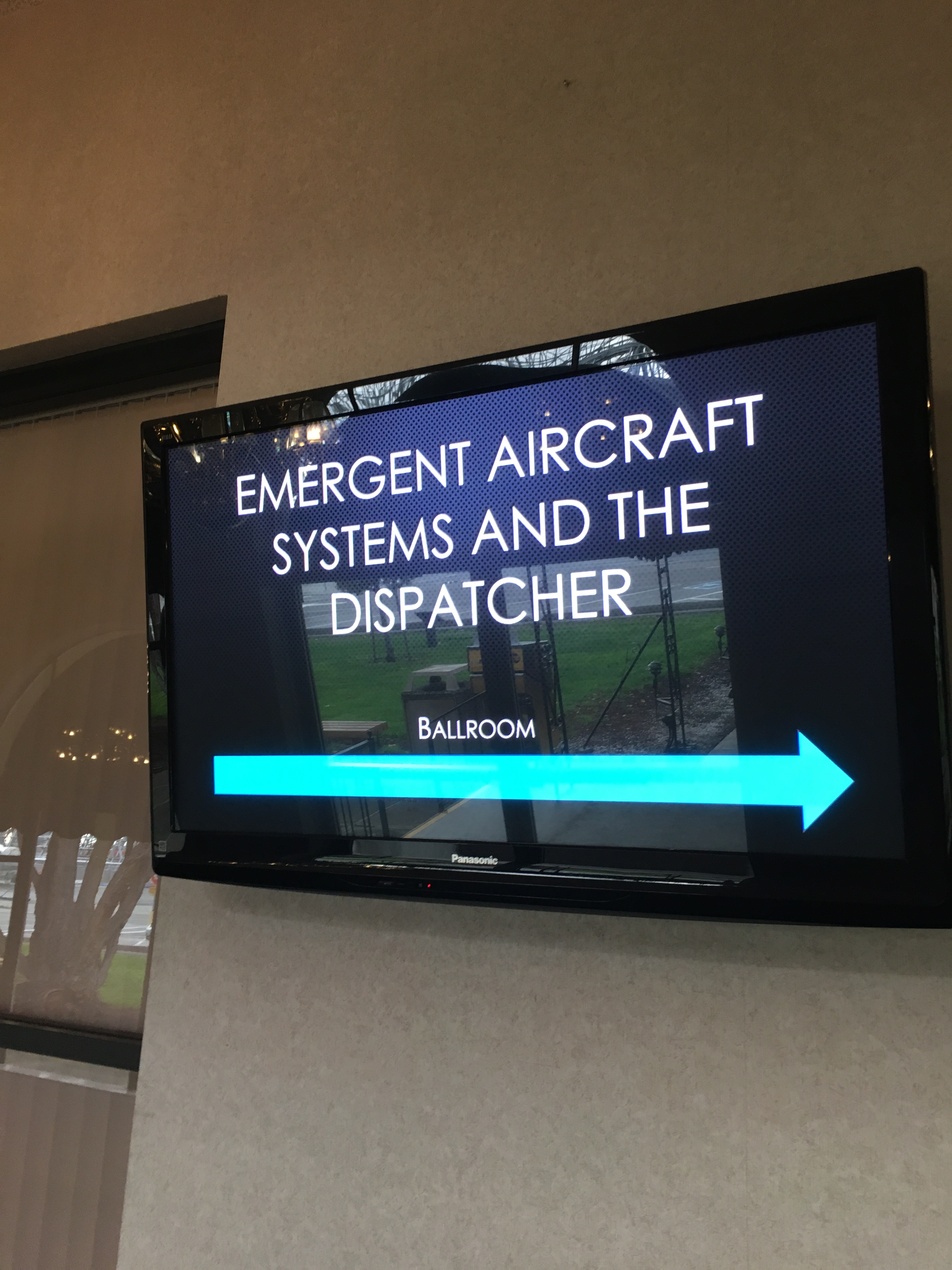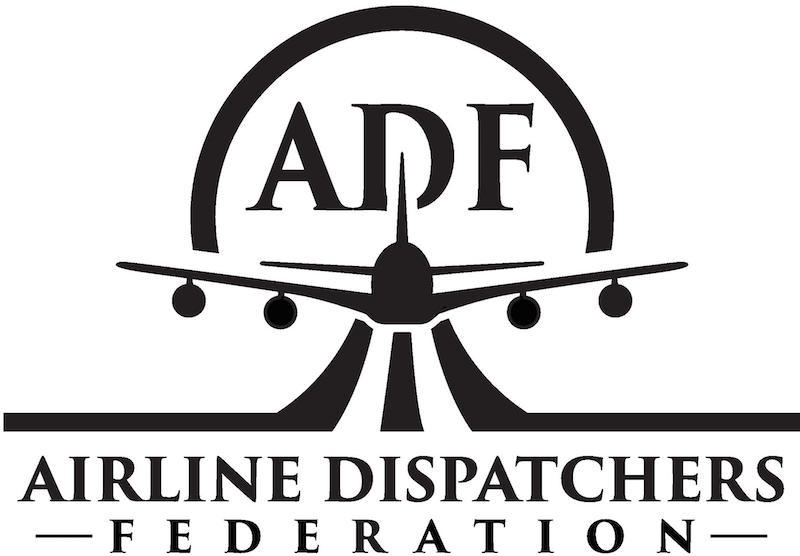
The aircraft dispatcher, a profession widely unknown to most, has the possibility of redefining itself with the fast-growing UAS industry calling upon its duties.
On March 14, 2018, aircraft dispatcher profession leaders and representatives along with industry Unmanned Aircraft Systems pioneers, held a workshop at the NASA AMES facility at Moffett Federal Airfield. A first of its kind, the workshop introduced the history, background, and professional functions of the aircraft dispatcher in an attempt to educate and inform UAS innovators.
In addition to representatives speaking on behalf of NASA and Duke University, Gene Kim, Southwest Airlines, Ben Shermer, Delta Airlines, and I gave presentations on behalf of the airline operations viewpoint.
Gene Kim’s presentation, “Who is the Dispatcher?”, opened the workshop describing the historical perspective and value of aircraft dispatchers. Following Gene, my presentation, “The Beyond Visual Line Sight (BVLOS) Experts”, further focused on the duties of an aircraft dispatcher. Emphasis on establishing the importance of a human on the ground was conveyed, despite various automated facets of the emerging UAS industry. Further, this presentation attempted to the address the issue of monitoring UAS operations, as Beyond Visual Line of Sight operations are nearing. Factors, such as, regulations, asset monitoring, weather monitoring, navigation, and supply chain management, were focused on, as vast similarities exist between current airline operations monitoring and future UAS control aspects. Following my exhibition, Delta’s Ben Shermer presented on future opportunities and challenges. Ben’s presentation, titled “The Future”, discussed current business trends, risks that pose threats to the airline industry, resources that impact decision-making in future UAS operations.
While this workshop was a first in uniting the airline operations representatives with the innovators of the UAS industry, much progress was made as discussion was greatly spurred. Despite numerous automated characteristics that define the repertoire of UAS functionality, the workshop established that a professional human monitoring UAS operations, such as, an aircraft dispatcher is not only integral, but fundamental. However, in order to ensure success to this argument, the aircraft dispatcher, as stated by NASA’s Dr. Parimal Kopardekar must redefine itself. In addition to the current established duties the aircraft dispatcher is trained in, new tasks encompassing Unmanned Traffic Management (UTM), UAS connectivity, and SWARM technology must be adopted.
Presentations from the workshop are available are available by visiting the following link:
https://hsi.arc.nasa.gov/workshop/easd/agenda.php
Jake Zelman
Vice-President, Information/Technology, UAS Representative
Airline Dispatchers Federation
